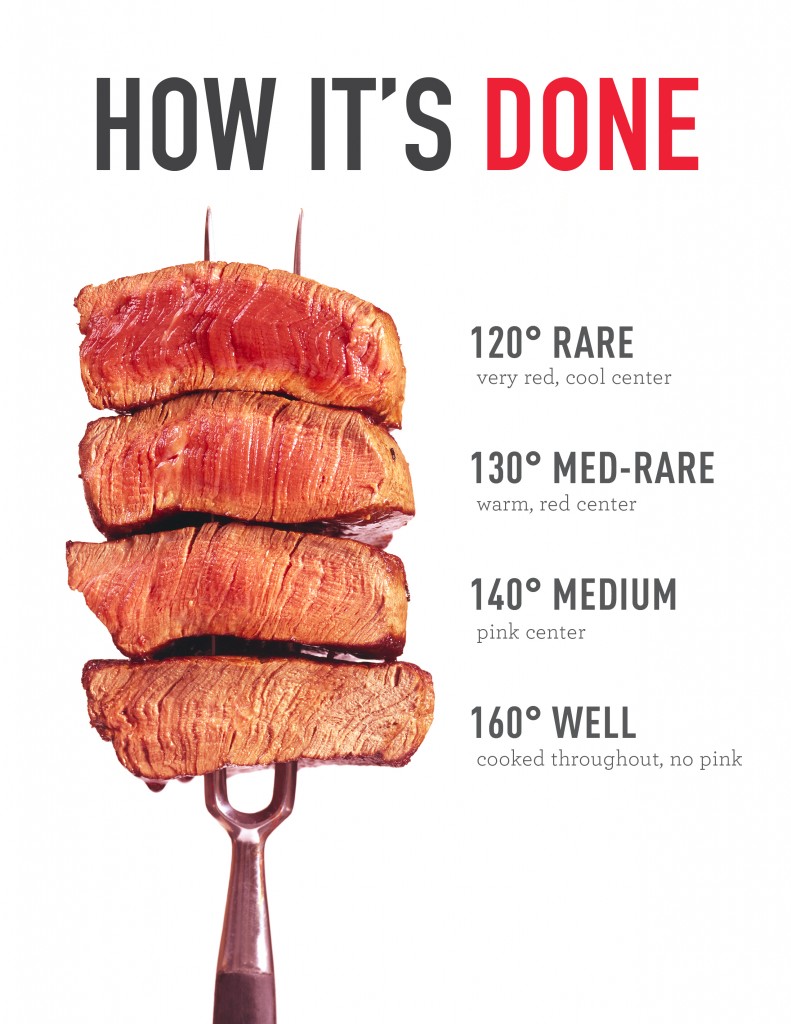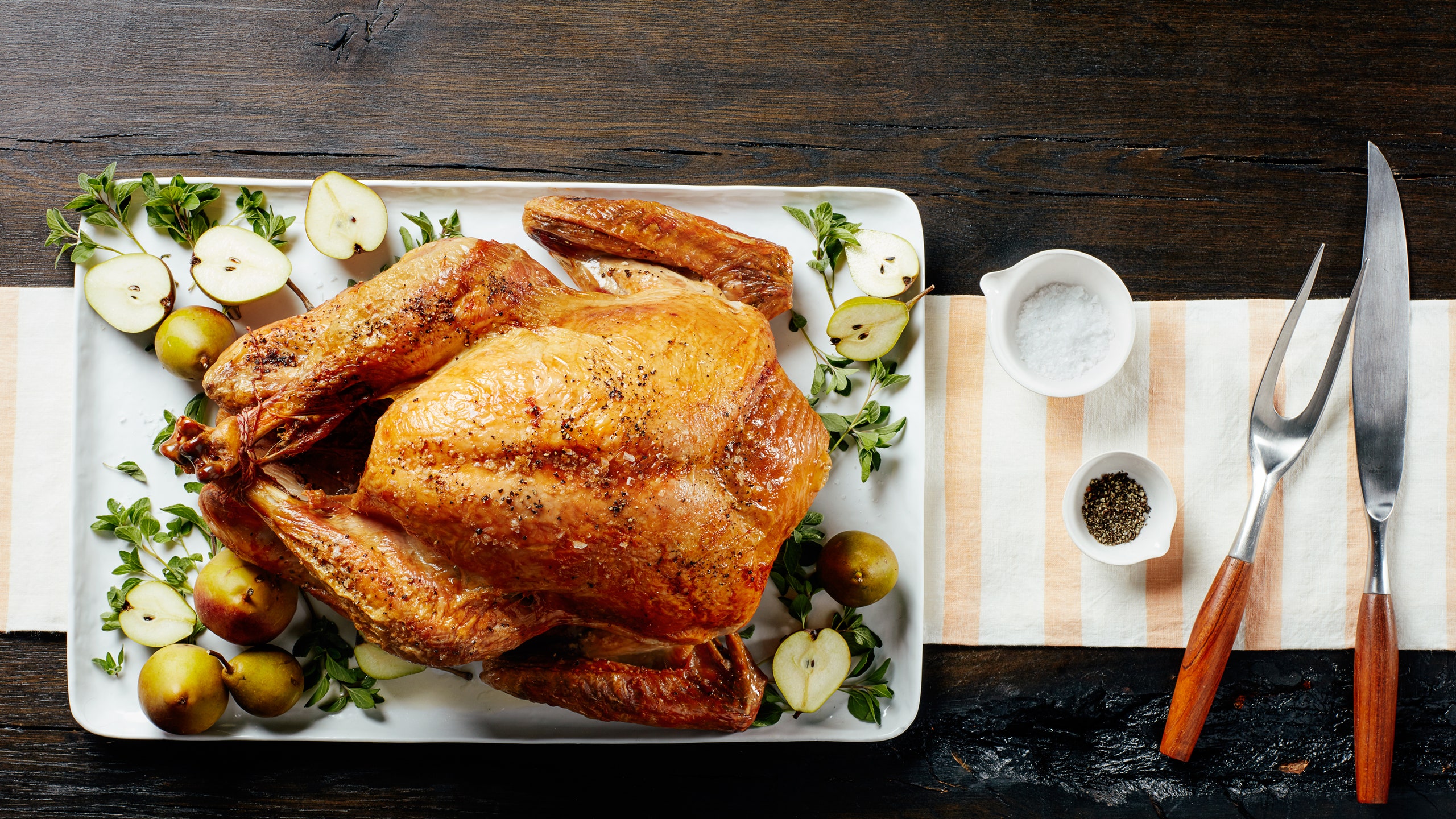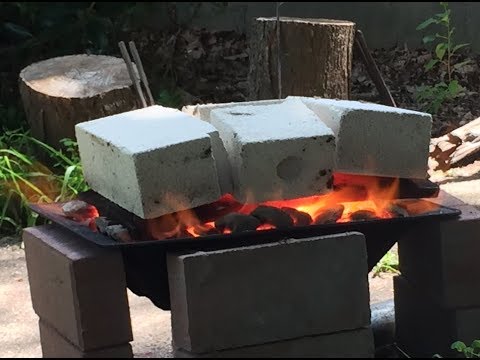
Although food is cooked to maximize nutrition, this can often lead to significant nutrient loss. Cut and wash vegetables can reduce their nutrient value. We also throw away extra water that is soluble in fats used in cooking. Nährent loss is also possible when fats are added to the cooking process. Vegetables can be particularly susceptible to nutrient loss while cooking. Peeling fruits or vegetables can lead to the loss of nutrients and vitamins. Also, the outer layer of cabbage and other fruits is removed and the nutrients are also lost.
Microwaving
Unlike traditional cooking methods, microwaves preserve more nutrients in foods, thanks to reduced water and temperature. Additionally, the shorter cooking times and lower water content help preserve more vitamins. According to a 2009 study, microwave cooking has a higher level of antioxidant activity. Vegetables lose the majority of their active ingredients during cooking due to heat, light, and water. The microwave preserves most of the folate present in spinach, which is essential to good health. Boiling spinach results in a loss of 75 percent folate.
Frying
While there are many ways to cook food in different ways, boiling is the most commonly used. Boiling food will result in significant nutrient lose, especially the water-soluble ones. Many of these nutrients are dissolved in the cooking water, which is not a good thing for your health. It is best to avoid boiling, or to cook your food so that it retains some of its liquid. This method is not always feasible.

Microwaving with ghee
You might be wondering why it is better to use ghee. Ghee contains Vitamins A-E and K. Many ghee fans believe that it can help them feel fuller longer and lose weight. Some even report that it improves mental clarity. Some are still uncertain about the benefits. The answer lies in its flavor.
Microwaving using oil
Microwaving healthy foods can have many advantages, such as reducing calories and nutrient losses. Cooking food in the microwave requires lower cooking temperatures and shorter cooking times. This reduces the risk for contamination and nutrient losses. Microwaves heat food from the inside by emitting radio waves that "excite", molecules in the food.
Baking
The process of baking has several advantages, such as reduced calories. Unlike frying, which adds considerable fat to foods, baking requires little or no fat. Baking preserves the original flavour of the ingredients. Baking does not cause adverse reactions to the food. Baking is a great way of eating healthy and to aid with weight loss. Baking preserves the original flavor of ingredients by reducing the fat content. It can also help you live a healthier lifestyle.

FAQ
What equipment do I need to cook?
To learn to cook, you don’t need to have any special equipment. However, the right tools can make it easier to cook. For example, you could use a knife instead of a fork to eat pasta or a whisk instead of a hand mixer to whip egg whites into stiff peaks. Having the right tools makes cooking less intimidating and allows you to start faster.
Are you able to cook by yourself?
Yes, you can be a self-taught cook! Cooking is one of those things that everyone loves doing, whether they know how to do it or not. You can learn to cook by starting at home. You can start small by making spaghetti sauce for dinner or pancakes for breakfast. Experimenting with new recipes is the best way to learn to cook. You may even want to make a few mistakes along the way.
Cooking can take anywhere from a few hours to several months depending on the skill level. It is important to remember that cooking doesn't have to be about following recipes. There are many ways to cook food. If you have an idea, follow it.
What skills is required to attend culinary school
To become a chef, you must be able to cook well, work under pressure, and understand food safety regulations. For a basic understanding of cooking, it is advisable to enroll in cooking classes at the local high schools or community colleges. Once you have learned the basics of cooking, it is time to look for work at a restaurant.
What are the benefits to using a slow cooker
Slow cookers can be very helpful because you can prepare delicious meals quickly. Slow Cooker Recipes are often healthier than traditional recipes because they require less oil and fat. Because they cook for you while you sleep, slow cooker recipes can be convenient.
Statistics
- under 10 Kids have been taught that there is special food just for them, and Fiese says that 10 percent of kids will throw a tantrum if they don't get the food they want. (washingtonpost.com)
- In the United States, the category is estimated at $23.2 billion annually and is growing faster than the market. (washingtonpost.com)
- According to the BLS, chefs earn $58,740 a year. (learnhowtobecome.org)
External Links
How To
How to cook a Steak
The thickness of the meat determines the best cooking method. Thicker steaks can be cooked on a low heat. Thicker steaks need to be cooked at higher temperatures.
They will lose their flavor if they are overcooked. And remember always to remove the steak from the pan when it's done - this way, you won't burn yourself.
Cooking time will depend on the size of your steak and the desired level of doneness. Here are some guidelines to help you get started:
Medium Rare: Cook until medium-rare, which is when the internal temperature reaches at least 145degF (63degC). This can take anywhere from 3 to 5 minutes per side.
Medium: Cook until medium. This means that the internal temp has reached 160 degrees F (71 degrees Celsius). This usually takes about 6 minutes per side.
When done well, cook until the internal temperatures reach 180°F (82°C). This typically takes 8-12 minutes per side.